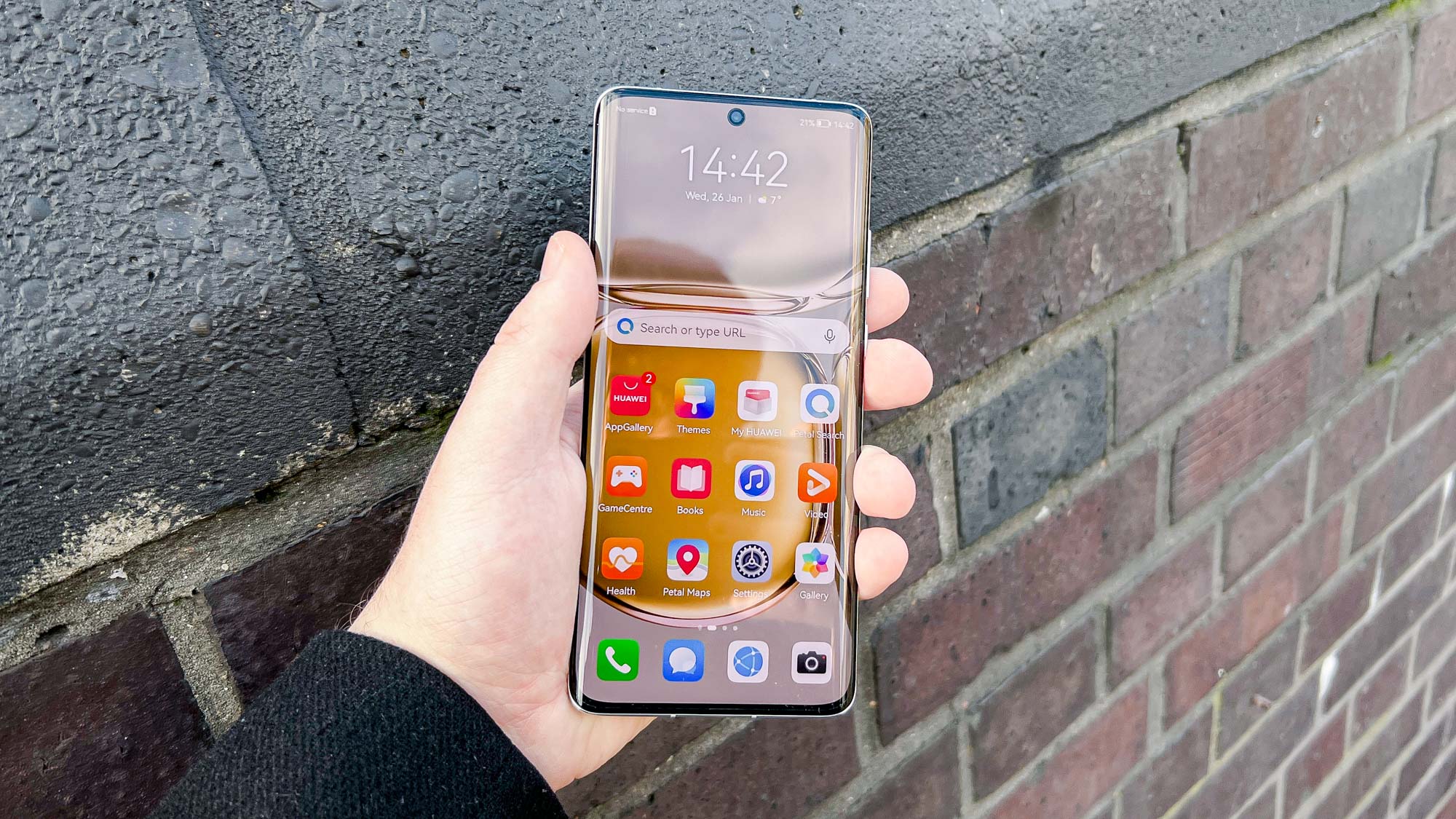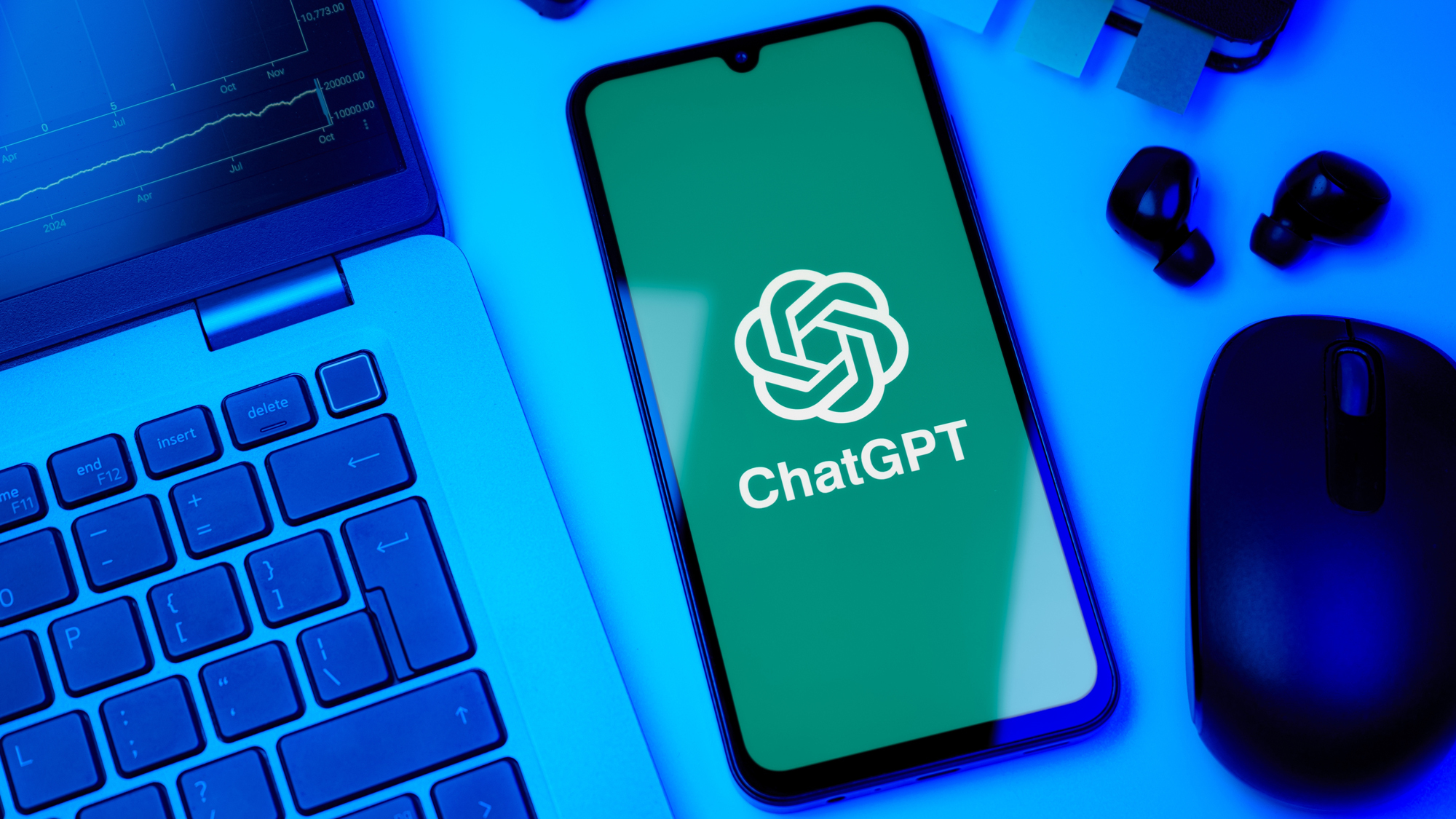I compared the Huawei P50 Pro's cameras to the iPhone 13 Pro Max — and the results will surprise you
Where Huawei wins and loses against Apple

The real world can be scary, but it's generally regarded as something you should face up to anyway. But is it something you want to really see in your photos? This weird philosophical point came to mind when trying to compare the images taken by the Huawei P50 Pro, recently announced for Europe, and the current top of the best camera phones pack, the iPhone 13 Pro Max.
The Huawei P50 Pro is a well-put-together phone, albeit one that is kneecapped by the lack of Google Mobile Services. But the phone's main focus is photography, and specifically producing images that are more realistic, more similar to how the user sees a scene through their own eyes. It utilizes the new Huawei XD Optics and Fusion Pro software, plus a unique four-sensor camera array that uses two sensors in tandem for main camera shots.

After testing it across several types of images, I can say that most of the time, the P50 Pro does a better job of portraying the world (at least how I see it) than the iPhone does. But it's also made me realize that perhaps I never liked the look of the real world that much anyway.
Huawei P50 Pro: The camera comparisons
Let's start the actual comparison of these two phones' photographic chops with this close-up of some flowers on my kitchen table using the main lenses. The iPhone's 12MP camera definitely produced better colors here, making a warmer and more inviting image. But the Huawei's image, taken with a combination of its 50MP main camera and 40MP monochrome camera, is much crisper.
Even zooming in, (although bear in mind the Huawei's image is slightly higher resolution than the iPhone's, at 12.6MP to 12MP), you can more clearly make out the borders between the petals or the stalks and heads of the stamen in the center. The closer you crop the image, the more I prefer the P50 Pro's result.
With this wider main camera shot of the O2 Arena in Kentish Town, London, the colors of the building in both images is fairly similar, although perhaps again brighter in the iPhone's shot. But when you look at the sky, there's a huge difference. You can make out the individual clouds across the whole of the Huawei image, whereas it's turned into a big bright blob by the time you get to the top left corner on the iPhone's.
But is this actually more realistic? I remember how sunny it was when I took the shot, all too well since I was walking home into that sunlight and could barely look where I was going. So even though the P50 Pro neatened things up in its shot, it's not any more accurate than the iPhone 13 Pro Max's shot. I still prefer the Huawei image, but if anything, the iPhone's image is a better representation of just how obnoxious the sun was that day.
Get instant access to breaking news, the hottest reviews, great deals and helpful tips.
Next on my list was to try out the telephoto cameras. I took these shots of graffiti artist Aroe's "Welcome to Kentish Town" mural at 3.5x magnification, the native magnification of the P50 Pro. The iPhone 13 Pro Max (and the iPhone 13 Pro) have 3x lenses, so having it use a bit of digital zoom to make up the difference puts it at a disadvantage. But that's not reflected in these images.
The P50 Pro's shot is flat and lacking in both color and detail, in spite of its superior hardware. The iPhone's image has all of those, although you could argue its colors are a bit too artificial. But the Huawei shot definitely isn't true to life. You wouldn't want to stay long in a Kentish Town that had a mural as plain as the one the P50 Pro shows you.
Now we come to the ultrawide camera, which I pointed at this iPhone 4S laid on my desk to see how large I could make this comparatively diminutive phone look. The most obvious difference is the lighting in the two images, and the Huawei captures it the best. My desk lamp has a very yellow bulb in it, and although the iPhone shot has a more balanced tone, it's bending the truth somewhat.
In terms of detail though, I don't think there's much difference to be found. The sharp lines and shiny surface of the old iPhone look just as good on either phone. I think perhaps I prefer the natural bokeh of the iPhone more when looking at the background. My controllers and wireless chargers aren't the subjects of this shot, but the P50 Pro seems to think they deserve some of the focus too.
The P50 Pro gets some realism points back for its portrait selfie of yours truly. I like how I look on iPhone selfie cameras, particularly because its processing system adds a bit of pink to my skin to make me look like less of a shut-in. The P50 Pro does this to a lesser extent, while also doing a great job of capturing the setting sun and the clouds in the background.
The blurry bokeh effect on the P50 Pro's photo is much milder than the one produced by the iPhone, which has the benefit of its TrueDepth camera system to help with the depth detection needed to create good-looking bokeh. I think if I had kept portrait mode off, this would be a victory for the Huawei phone, whereas with it on, the iPhone is the photo I'd prefer to upload to Instagram. If that was something I did in the first place.
I saved the night mode images, taken with the phones' main cameras, for last since it illustrates a strange contradiction. Aiming the phones at St. John the Evangelist church in Archway revealed that Huawei's claims about realism go out the window with night mode enabled. Sure, it's a stunning shot that the iPhone can't match, but it's not what I saw with my own eyes, which was much closer to the iPhone photo.
It's also here that I have to mention the one bone I have to pick with the photo-taking experience on the P50 Pro. You don't know what the final photo will look like until you go and check on it in the gallery app. This isn't uncommon, but the way iPhones are able to show you something close to the final image through the viewfinder is invaluable for figuring out how your shot will actually look. It's not realistic in the strict sense, but it's very handy all the same.
Huawei P50 Pro outlook
Perhaps I'm reading too much into what's ultimately marketing spiel, but photos aren't always at their best when they show exactly what was in front of the camera. Indeed, one of the best shots the P50 Pro took was its low-light mode one, where it saw colors I was unable to. Then there's its main camera shot, which looks its best when you crop in beyond what you can see with the naked eye.
Despite Huawei talking about how realistic its images are, I don't think what I actually want from photos is a completely real-world-accurate shot. I'm not sure I'm the only one either since Apple sells the iPhone 13 Pro and Pro Max's cameras on their power to play with your subjects' look. After all, the phones try to get as much detail as possible so you can then tailor the images to just how you like them with features like Photographic Styles and the ProRAW editing format.
Perhaps Huawei has made a Pro phone that genuinely appeals to pro photographers, by taking images (outside of night mode and the telephoto camera) that show the world in detail, but with minimal personality. However, I think most people, including myself, prefer the subtly improved world that you find through the lens of a phone like that of the iPhone.

Richard is based in London, covering news, reviews and how-tos for phones, tablets, gaming, and whatever else people need advice on. Following on from his MA in Magazine Journalism at the University of Sheffield, he's also written for WIRED U.K., The Register and Creative Bloq. When not at work, he's likely thinking about how to brew the perfect cup of specialty coffee.
